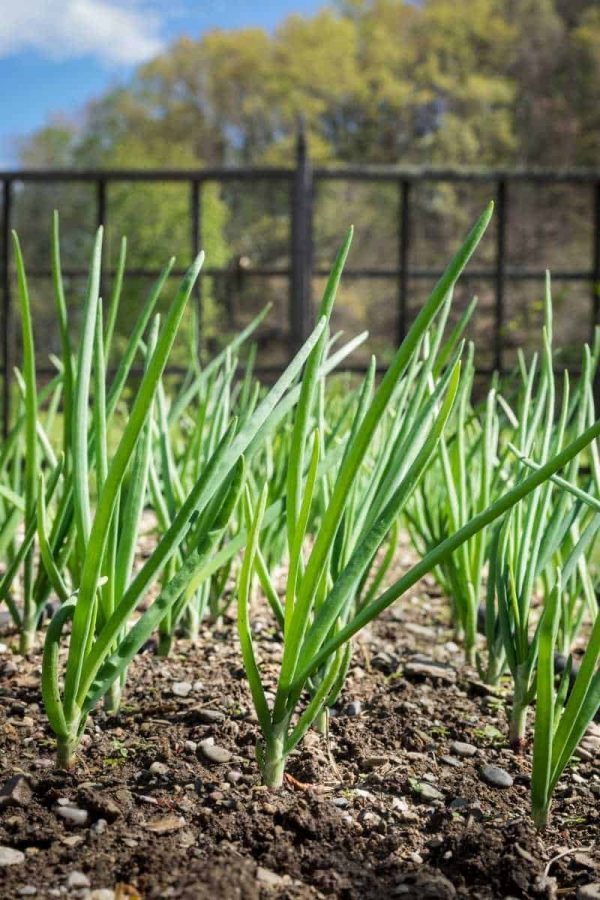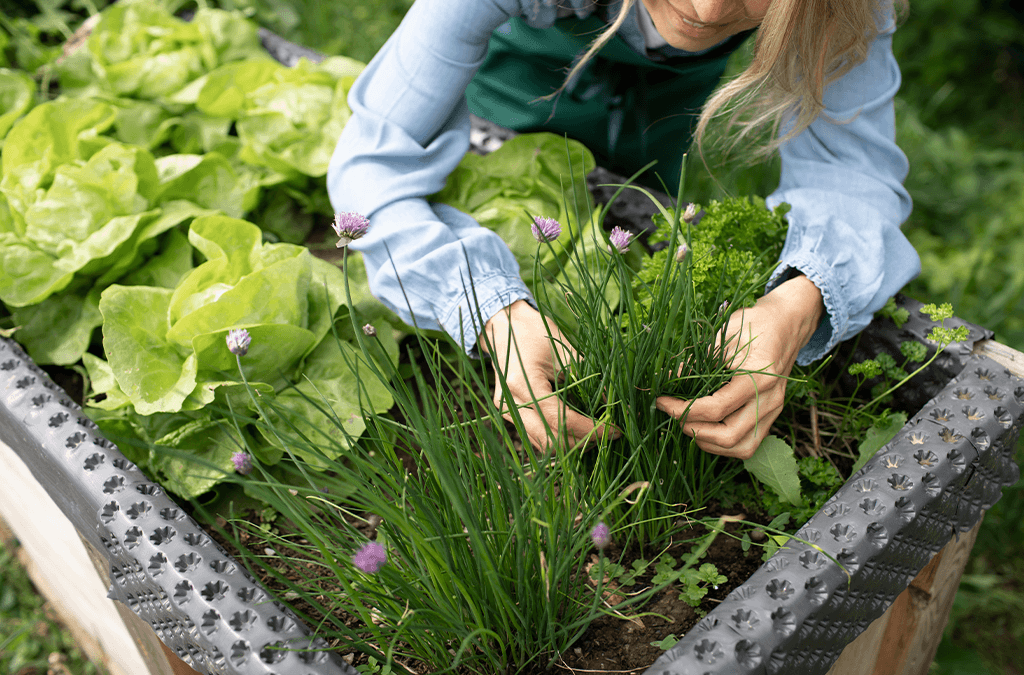And
The word "and" is one of the most common words in the English language. It is used to connect two or more words, phrases, or clauses. It can be used to join nouns, verbs, adjectives, adverbs, and even entire sentences.
"And" can be used in a variety of ways. It can be used to add information, to show addition, to emphasize something, or to introduce a question. For example:
- I have a dog and a cat. (Adding information)
- Two plus two equals four and five equals nine. (Showing addition)
- She is very smart and beautiful. (Emphasizing something)
- And what do you think about that? (Introducing a question)
"And" can also be used to create compound words. For example:
- handbag
- bookcase
- keyboard
- software
Compound words are made up of two or more words that are joined together to form a new word with a new meaning. In the case of "handbag," the word "hand" and the word "bag" are joined together to form a new word that refers to a bag that is carried by hand.
"And" is a versatile word that can be used in a variety of ways. It is a useful word to know and use, and it can help you to communicate more effectively.
Main Content
In addition to its basic uses, "and" can also be used in a number of more creative ways. For example, it can be used to create suspense or surprise, to add humor, or to create a sense of rhythm or flow.
Here are a few examples of how "and" can be used in a creative way:
- "I opened the door and saw a dog and a cat standing there." This sentence creates suspense by leaving the reader wondering what happened next.
- "The clown came into the room and started juggling and telling jokes." This sentence uses "and" to add humor by creating a list of unexpected actions.
- "The waves crashed on the shore and the seagulls cried overhead." This sentence uses "and" to create a sense of rhythm and flow by repeating the same sound at the end of each phrase.
"And" can also be used to create a sense of community or belonging. For example, in the phrase "We are the world, and we are the children," the word "and" connects all of the people in the world, regardless of their race, religion, or nationality.
Conclusion
The word "and" is a versatile and powerful word that can be used in a variety of ways. It is a useful word to know and use, and it can help you to communicate more effectively.
In addition to its basic uses, "and" can also be used to create suspense, surprise, humor, rhythm, flow, community, and belonging. By understanding the different ways that "and" can be used, you can use it to make your writing more engaging and effective.
Onions and beans are two popular vegetables that can be grown together in the garden. However, it is important to know that they are not compatible companion plants. Onions release a chemical called allicin, which can inhibit the growth of nitrogen-fixing bacteria in the soil. These bacteria are essential for beans to thrive. As a result, planting onions and beans together can lead to stunted growth and poor yields.
If you are planning to plant onions and beans in your garden, it is best to plant them in separate beds. You can also plant them in staggered rows, so that the onions have time to mature before the beans are planted.
For more information about companion planting onions and beans, please visit Gardenia Inspiration. This website provides detailed information on the benefits and drawbacks of planting these two vegetables together. It also offers tips on how to successfully grow them in your garden.
FAQ of onions and beans planting
- What are the best times of year to plant onions and beans?
Onions and beans can be planted in the spring or fall, depending on your climate. In general, onions prefer cooler temperatures, so they are best planted in the spring. Beans, on the other hand, prefer warmer temperatures, so they are best planted in the fall.
- How much space do onions and beans need?
Onions need about 2 inches of space between each plant, while beans need about 3 inches of space. If you are planting them in rows, make sure to leave at least 18 inches between rows.
- What type of soil do onions and beans need?
Onions and beans both prefer well-drained soil that is rich in organic matter. If your soil is sandy or clayey, you may need to add some compost or manure to improve drainage.
- How much water do onions and beans need?
Onions and beans need regular watering, especially during the hot summer months. Water them deeply once a week, or more often if the weather is hot and dry.
- How long does it take onions and beans to grow?
Onions take about 3 months to mature, while beans take about 2 months. You can harvest onions when the bulbs are about 2 inches in diameter, and beans when the pods are plump and full.
Image of onions and beans planting
- Image 1: A woman planting onion and bean seeds in a garden bed. The onions are planted in rows, while the beans are planted in a cluster.

- Image 2: A man watering onion and bean seedlings in a pot. The seedlings are growing in a mixture of potting soil and compost.

- Image 3: A close-up of onion and bean seedlings growing in a garden bed. The seedlings are about 2 inches tall and have several leaves each.

- Image 4: A row of onion and bean plants growing in a garden bed. The onions are about 6 inches tall and have started to form bulbs. The beans are about 12 inches tall and have started to flower.

- Image 5: A woman harvesting onion and bean plants from her garden. The onions are about 2 inches in diameter and have a deep purple color. The beans are about 4 inches long and have a bright green color.

Post a Comment for "And"